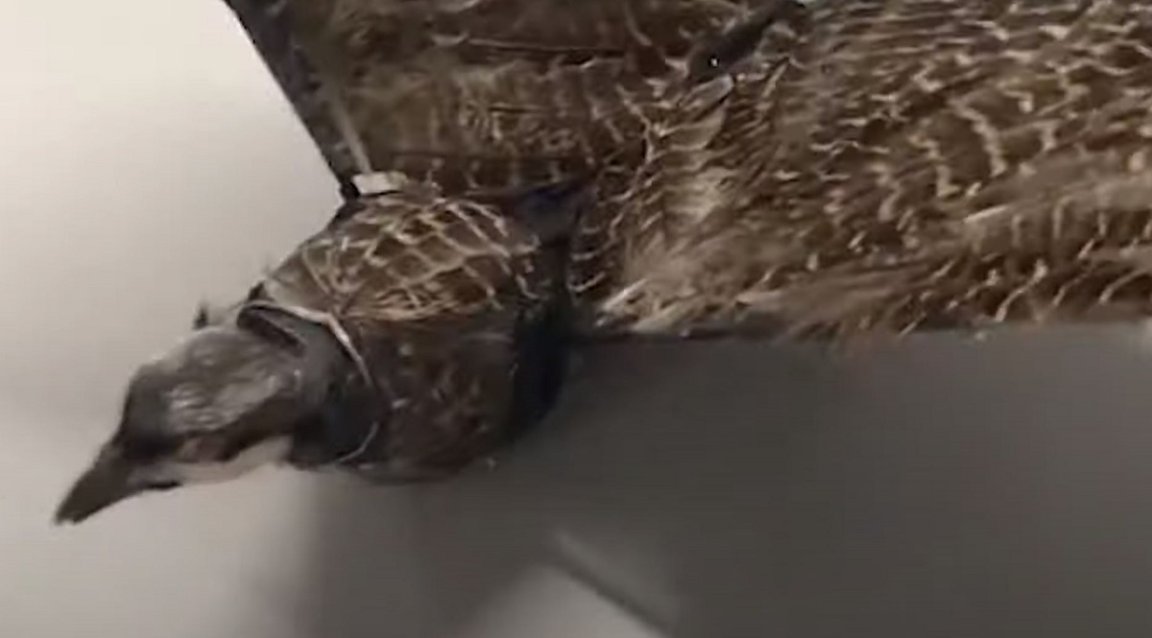
Bird Drones Are Real
Remember that ironic “Birds Aren’t Real” conspiracy theory, which jokingly claimed that feathery aves are government drones? Well, they may have had a point — sort of.
Behold: actual, functioning prototypes for drones that use parts of dead birds like pigeons to look and fly like a real sky rat. The researchers who designed the birdlike drones envision that they could one day be used to get a “seamless and natural” look at wildlife… or be used by a military to spy on people unnoticed, according to their paper presented at the American Institute of Aeronautics and Astronautics SciTech Forum.
“Instead of using artificial materials for building drones, we can use the dead birds and re-engineer them as a drone,” lead author Mostafa Hassanalian, an assistant professor of mechanical engineering at New Mexico Tech, told New Scientist.

Sky Taxidermist
So far, the bird drones are capable of gliding without flapping their wings, and hovering like a hummingbird.
That’s thanks to the use of the taxidermied bird parts from pigeons, pheasants, hummingbirds, and crows — including a real head, feathers, and most importantly, the wings — that allow the researchers to more accurately emulate the motions of a fluttering bird, although they note that creating a drone this way is “difficult.”
On the upside though, it beats the pain in the ass that is designing a traditional, mechanical wing that’s supposed to flap like an ornithopter.
“This removes the need to design and manufacture a wing, [which] is notably difficult as wings are challenging to model and correctly size,” aerial robotics expert Rapheael Zufferey at the Swiss Federal Institute of Technology, who was not involved in the research, told New Scientist.
Flying High
It’ll take some more tinkering, though, before these bogus birds really get off the ground. For one, they aren’t as nimble or efficient as a real bird, and the researchers note that the wings still need better articulation to be more flexible overall.
And if they’re going to be used to spy on us, they might need to be a little quieter, too. “Sometimes you don’t want people to find out that this is a drone,” Hassanalian said.
Some additional soundproofing could go a long way, but the paper also suggests switching spur gears for helical gears to help reduce noise.
None of those measures, though, could ever drown out the wailing of the poor, tortured bird souls whose bodies have been so grimly repurposed.
More on robotics: Scientists Prototype “Creeping” Lizard-Like Robot for Exploring Mars